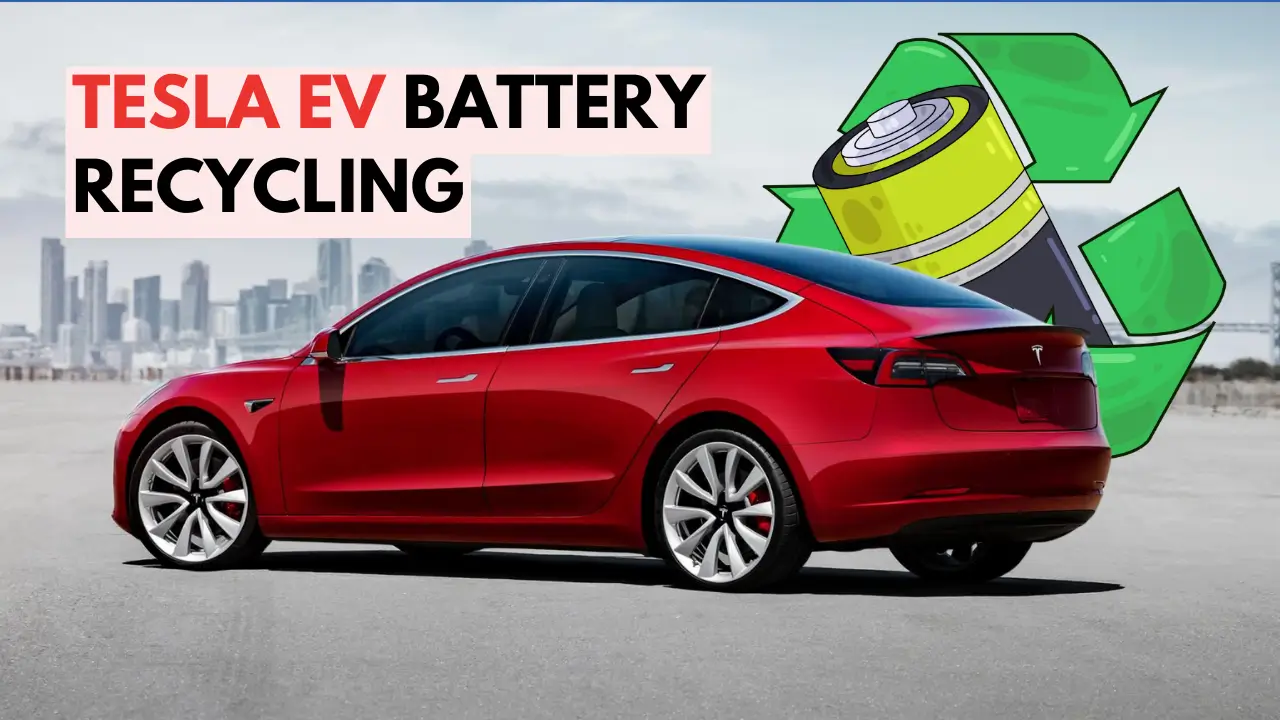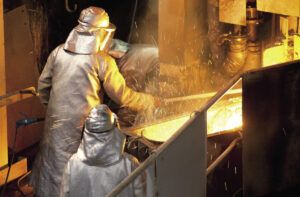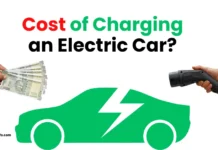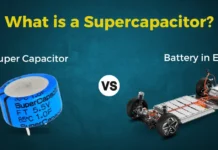 Under the Paris Agreement, governments around the globe are working towards establishing economies in their regions that produce no net carbon emissions.
Under the Paris Agreement, governments around the globe are working towards establishing economies in their regions that produce no net carbon emissions.
So, renewable energy sources and green mobility are being promoted to cut emissions of harmful gases.
This has caused rapid demand for energy storage systems, especially Lithium-ion batteries. The demand for Li-ion batteries can reach up to 4.7 TWh (Terawatt-hour) which 4300 GWh (Gigawatt-hour) will be required for driving electric vehicles by 2030.
So battery components recycling will play a vital role in achieving the Paris Agreement and creating a new industry opportunity. Li-ion batteries mainly consist of Lithium, Aluminium, Nickel, Cobalt, Manganese, and copper metals.
A 50 kWh electric vehicle battery can contain 5 kg of lithium, 6.5kg of cobalt, 24 kg of nickel, 29 kg of aluminum, and 16.5 kg of copper.

Li-ion battery pack is a costly component (about 40% of the total cost of EV) of electric vehicles. Li-ion batteries lose their performance if the health (internal impedance rises) of the battery goes below 80% of the initial state (new condition) and can not sustain electric vehicles.
These batteries can further be used for other uses like energy storage in renewable sources or need to go for recycling.
Approximately, 95% of elements used in making lithium batteries can be recovered. Recycling Li-ion batteries will be less expensive and cause less pollution to the environment than bringing ores from mining in the coming years.
Tesla claims its battery is 100% recyclable and no scraps go to landfill. Its batteries do not contain dangerous substances like lead, mercury, cadmium, or Polybrominated diphenyl ethers (PBDEs).
Tesla is working on a closed-loop battery recycling process in which no (negligible) new components are added to manufacture new battery packs. The same components are recycled repeatedly.
In 2020, Tesla started battery recycling facilities at its Nevada Gigafactory.
Before 2020, Tesla used a third party for recycling its batteries. On-site recycling brings Tesla one step closer to closing the loop on materials generation, allowing for raw material transfer straight to our nickel and cobalt suppliers.
This Gigafactory achieved a production rate of over 100 tons of recycled material per week as per data available in the Tesla Impact Report 2022.
In 2022, this Gigafactory had recovered 2300 mt of Nickel, 900 mt of copper, and 300 mt of copper and lithium. This plant can recycle 92% of battery components from the used batteries. Tesla Li-ion battery contains roughly 1.5% of the total weight of the battery pack.
In 2023, the in-house recycling processes involve the following:
Physical Deconstruction → Thermal Processing →Qualification of Material & Sorting
which can be further extended in 2024 to
Physical Deconstruction → Thermal Processing →Metal Recovery
Tesla is presently recycling its in-house manufacturing of defective batteries and very less batteries are coming from the customer side.
Li-ion Battery Recycling Processes
At the industry level, Li-ion batteries are recycled using the direct method, pyrometallurgy method, hydrometallurgy method, or sometimes a combination of methods.
2.1 Direct Method
Direct recovery is a process of recovering useful components from spent LIBs without using chemical methods.
Before handling LIBs, they were discharged and disassembled into thousands of cells. Then, the small cells were treated with supercritical CO2, and the electrolytes were extracted and treated in this process.
After lowering the temperature and pressure, CO2 can be separated from the electrolyte and the electrolyte can be regenerated. The cells were then disassembled, broken, and sorted.
Finally, the cathode material was collected and reused.
2.2 Pyrometallurgy Method

Pyrometallurgy is widely used for the commercial recovery of Co. Before the smelting process, the modular LIBs are first disassembled into separate cells and then fed into a heating furnace. Batteries are reduced by preheating, pyrolysis, and smelting, successively.
In the preheating zone, the heating temperature should be lower than 300°C to ensure complete evaporation of the electrolyte without explosion.
Read More: Top 10 Lithium-Ion Battery Recycling Companies in India 2024
And in the pyrolysis zone, the furnace temperature is controlled above 700°C. The purpose of this is to remove the plastic from the battery.
In the smelting reduction zone, the material is smelted into alloys of Cu, Co, Ni, and Fe, along with Li, Al, Si, Ca, and some Fe slag. This method is usually only used to recover Cu, Co, Ni, and small amounts of Fe.
2.3 Hydrometallurgy method
At present, hydrometallurgy is typically used to recover LIBs after pretreatment. This method gives a high recovery rate, high purity product, and less energy consumption is required.
It uses aqueous solutions for the recovery of metals from spent Li-ion batteries. According to the physical properties of the materials in the spent LIBs, including morphology, density, magnetism, etc..
The treated battery cases, electrodes, and membranes containing electrolytes will be treated separately to improve the safety and recovery rate of hydrometallurgical processes.

Hydrometallurgy usually involves leaching and reduction. It is usually divided into acid leaching and biological leaching according to the leaching method. For the acid leaching process, the recovery rate is over 99% for Co and Li, and over 98% for Cu.
Battery Recycling Companies Around the World
- Li-Cycle (USA & Canada)
- Redwood Materials (USA)
- Ganfeng Li (China)
- BYD (China)
- Fenix Battery Recycling (UK)
- Brunp Recycling Technologies ( a unit of CATL, China)
- SungEel HiTech (South Korea)
- ReDux (Germany)
- Exigo Recycling Pvt. Ltd. (India)
- Umicore (Europe)
Conclusion
Recycling Li-ion batteries is going to be the next booming side after the successful demand of its manufacturing at the Giga Level and competitive mining demands globally.
Recycling is necessary from the environmental perspective to meet the real sustainable goal. The materials used in cathode, electrode, and anode widely depend on the chemistry of the Li-ion batteries, for example, NMC requires 110g/kWh of lithium while LFP requires 90g/kWh of lithium.
Presently, mining elements from recycling processes are expensive as compared to mining from natural sources but it is going to reduce largely in the coming time.
Tesla intensively focuses on the recycling processes of its products.
Its Shanghai plants recycle up to 93% of production parts. Other OEMs like Volkswagen, BMW, and Nissan are going to recycle their vehicle batteries.




